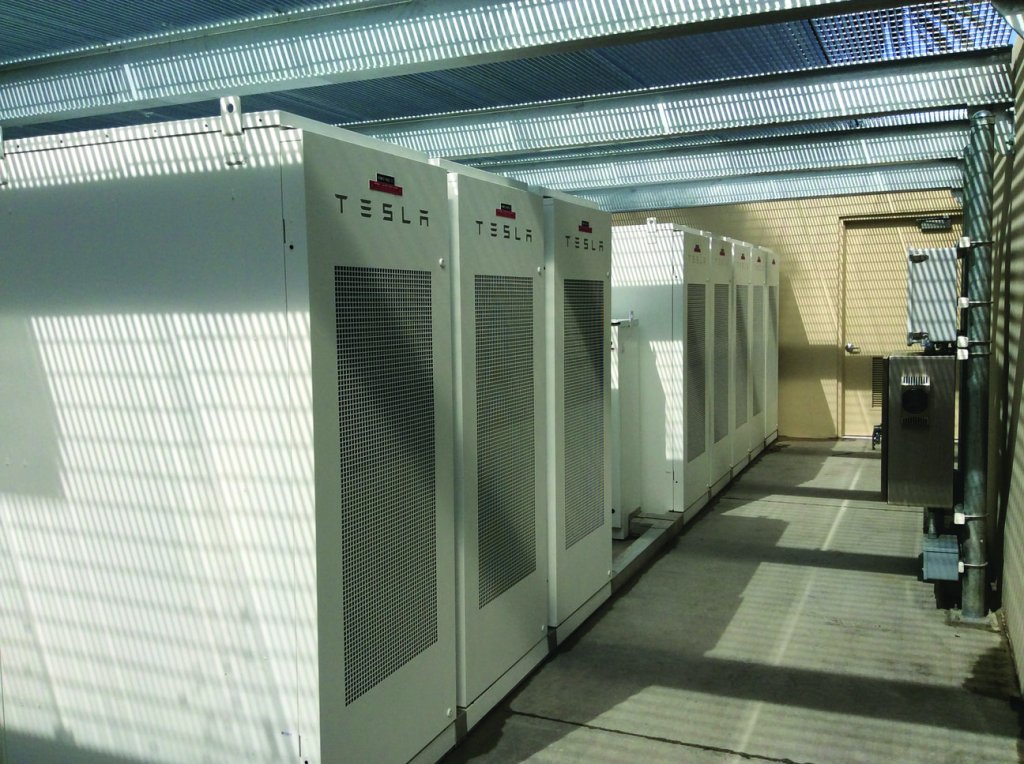Energy Storage
Promising New Technologies
Though energy storage is a relatively new addition to the property operations toolkit, it offers vast potential. Battery systems have demonstrated multiple ways to enhance sustainability, cut costs and supply reliability. A key tactic is load shifting, the process of obtaining power during off-peak hours and storing it for use during costlier peak hours, noted […]

